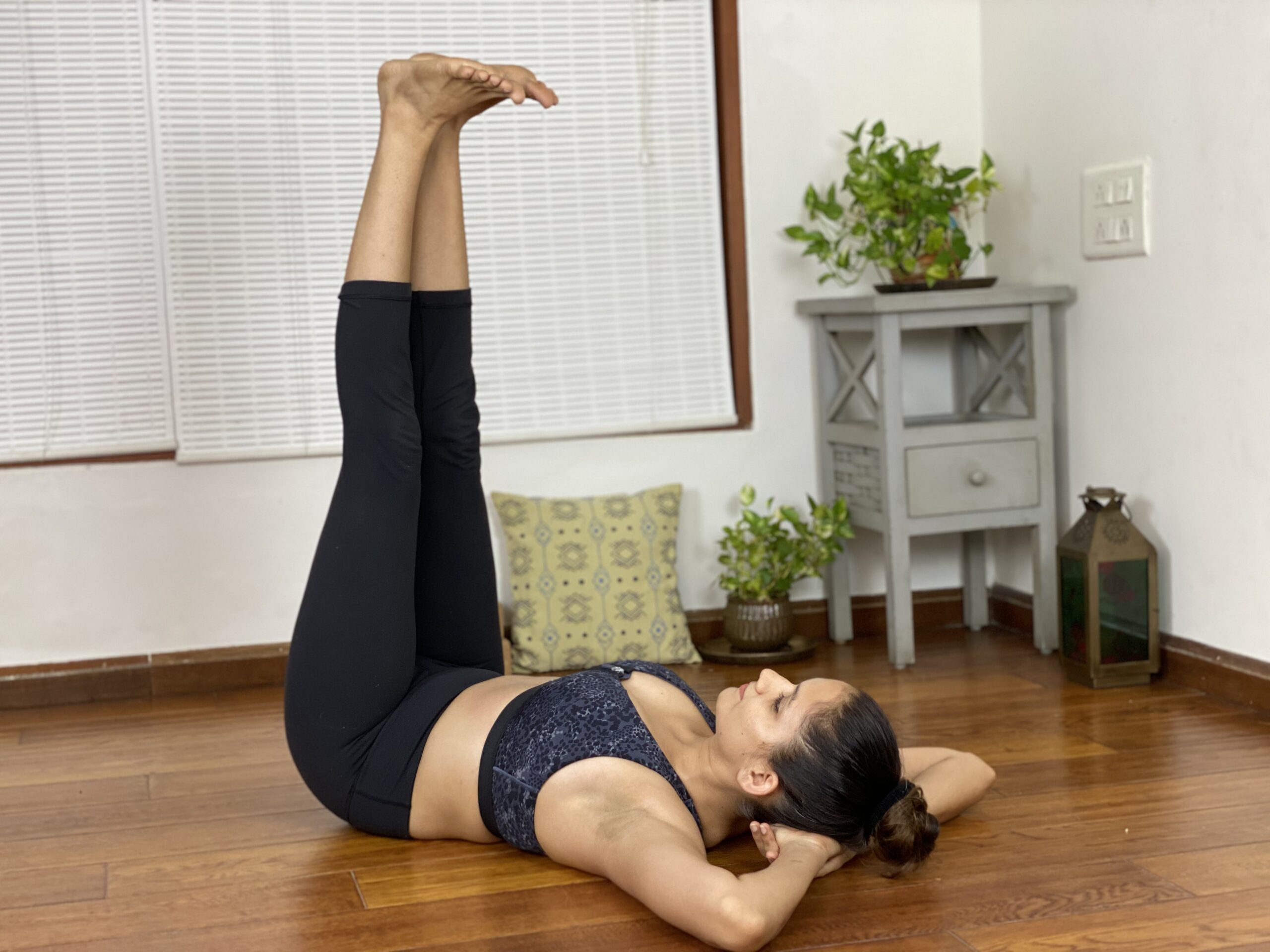Sunder Pichai, the Indian origin CEO of Google, recently shared that while he values the benefits of meditation, he struggles with the actual practice. Therefore he prefers NSDR or non-sleep deep rest techniques. Not many people had heard of the term till then and it sparked curiosity. Most Indian publications picked up on his statements and the topic was soon trending actively in India. So, let’s understand this topic a little better.
What is NSDR?
NSDR or Non-Sleep Deep Rest refers to techniques which not only help induce calm and relaxation but also help improve learning and memory or in other words neuroplasticity.
What is Neuroplasticity?
Neuroplasticity simply means the brain’s ability to change, adapt and reorganize itself with new experiences. Because like muscles, areas of the brain become stronger the more they are used. And conversely, they will become weaker if unused.
For instance, the brain can learn to be ‘stressed out’, if you are repeatedly exposed to stressful situations. And if you don’t do regular stress management or relaxation practices then areas of the brain that experience ‘calm and coolness’ can become weak.
Here’s another example, if you start eating or exercising at a fixed time every day, in a few days the brain will adapt to that. Which means, automatically the brain will start releasing hormones around your exercise time that will prompt and prepare you to move. Making this habit stronger and more ingrained – which means you won’t have to rely on daily motivation or will power but will start exercising out of sheer habit. Which is why having a fixed morning routine is so essential.
An adaptable brain can learn new things, enhance its cognitive functions, and even recover from minor brain injuries. It is the neuroplasticity of our brain that helps us learn new languages and memorise new concepts or facts. In fact, meditation taps into this feature of our brain as well. Regular meditation literally rewires our brain circuits to improve our overall wellbeing. In other words, brain can be remoulded with different intentions, just like plastic can be moulded for various purposes. Hence the term, neuroplasticity.
Who created NSDR?
NSDR is simply a term coined by neuroscientist and Stanford professor Andrew Huberman to refer to relaxation techniques like Yoga Nidra or self-hypnosis. He didn’t invent these practices; he simply created the term NSDR to makes these concepts more acceptable within the scientific community. Because moment you say yoga people in the west start thinking weird postures and once you say hypnosis, the general impression is losing control of your body to someone else.
He wanted to bypass these negative belief systems about these highly valuable and effective practices and thus started using the term NSDR. In his own words Huberman states:
“Admittedly, I coined the term “NSDR” because scientists like acronyms, almost as much as the military likes acronyms. And I did it deliberately not to rob the beautiful history and community that is yoga nidra and the yoga communities of anything, but rather because many people are averse to doing anything that has a name like “yoga nidra,” and yet it’s such a powerful tool.”
Andrew Huberman on the Tim Ferris Show (link)
How to you practice NSDR Techniques
Currently, Huberman mentions two primary NSDR techniques – Yoga Nidra and Self Hypnosis.
Yoga Nidra
Also called Yogic Sleep, Yoga Nidra is a guided meditation technique in which you enter into a deep restful state, where you’re neither fully awake, nor asleep. The session is usually lead by an instructor and has multiple stages which include withdrawal of senses, setting an intention, rotation of consciousness to different parts of the body, scenic visualisation etc.
The goal of Yoga Nidra is to maintain your awareness in a state where you’re just about to fall off to sleep, but not actually sleeping. So, you have enough awareness to listen to the instructions, but you’re not fully alert either. It’s called the wakeful sleep stage or in technical terms, the hypnagogic state. The ability to hold your awareness in this state for a prolonged period of time helps you manage stress, reduce anxiety, enhances cognitive performance, and even get better sleep.
Yoga Nidra is also very effective at unlocking creativity, giving you new ideas and helping you solve old problems. That is why people like Thomas Edison, John Keats, and Salvador Dali used to practiced Yoga Nidra to find creative inspiration.
Practicing Yoga Nidra for around 20 minutes after an intense period of learning a new skill or a new subject increases retention and accelerates the learning process.
Here’s a link to a Yoga Nidra practice on YouTube
Self-hypnosis
Self-hypnosis is a method of entering a highly focussed state through power of self-suggestion. It is always done with a specific goal in mind and involves vivid visualisation to guide you into a highly focussed state. Following which some suggestions are introduced to help you achieve your intended goal, and finally you return to the present moment with your alertness levels back as usual.
These techniques can reduce stress and anxiety, improve confidence, aid in better sleep, and help in weight loss. They have also been found effective in helping people quit smoking and with pain management. These techniques are helpful in changing habits and breaking unhealthy thought patterns. You can practice these yourself or follow guided meditations that can be found online.
Huberman recommends a specific Self-Hypnosis technique by his fellow Professor at Stanford, David Spiegel. Who incidentally is the son of Herbert Spiegel, the psychiatrist who popularised therapeutic hypnosis.
Practice a guided visualisation technique here:
Other techniques like NDSR
While NSDR is a nomenclature created by one scientist, the Yogic and Buddhist traditions have multiple such pre-meditative relaxation practices. And all of these contribute to neuroplasticity. In fact, these Yoga and meditation-based interventions are very helpful for depression and anxiety, they protect the brain from age related decline, they tune the brain towards a more relaxed and positive state of mind and even help in management of various pain conditions. Here’s a look at some other techniques which can also be a part of your weekly routine for good brain health.
Progressive Muscle Relaxation.
In this practice you progressively relax each muscle of the body one by one. The method involves first tightening and tensing up a group of muscles as you inhale and then immediately relaxing them as you exhale. Muscle tension is held for 5 to 10 seconds and then the muscles are immediately relaxed. After 15-20 seconds of rest, the next set of muscles are tensed and relaxed. Clenching the hands, shrugging shoulders, wrinkling the forehead, pressing the back of the head against the mat, arching the back, sucking in the stomach are some examples of tensing up the muscles. The procedure is repeated till the whole body has been covered. This practice is based on the premise that if the body is calm, then so will the mind. It is helpful in tension headaches, digestive issues, insomnia, and high BP.
Guided Affirmations
Affirmations are positive statements that challenge negative beliefs. A lot of research has been done on this subject and it is now known that affirmations help reduce stress, keep us motivated, create an optimistic mindset and bring about tangible change in our behaviour. They also bring us closer to our core values.
If you want to start writing your own affirmations, here are 5 quick points to keep in mind
- Start affirmations with “I”
- Frame them in the present tense
- Use words to create strong feelings or deep emotional connect
- Keep them balanced, realistic and meaningful
- Avoid hyperbole or overconfidence
Remember you don’t want to inflate your ego; instead you want to bring about positive change. If affirmations work for you and you start to enjoy them, then simply repeat them often with the intention to bring about transformation and self-growth.
Practice a guided affirmation session here:
61 Points relaxation
The 61 Points Relaxation technique is a form of body scan from the Himalayan Yoga Tradition, as taught by Swami Rama. In this practice, you systematically draw your awareness to 61 different points in the body. For this reason, it is also called Shava Yatra or Inner Pilgrimage.
It has a profound impact on the body and mind, helping you attain a deep state of relaxation and calm. Clinical research has shown that practicing 61 Point relaxation shows improvement in blood pressure, heart rate, respiratory rate and even reduces the impact of stress. Not only that, but some research has also found that it reduces PMS symptoms like back pain and irritability.
All you need to do is to lie down in a comfortable position and follow the instructions for a journey of healing and rediscovering your energy and vitality.
Other techniques like Body Scan, 61 Points Meditation, Guided affirmations, Counted Breathing Practices, long exhalations are also very helpful and effective in influencing our state of mind.
61 Point Relaxation on YouTube
Summary
As you can see there are multiple mindfulness practices that can be practiced for enjoying immediate relaxation. Not only are they rejuvenating, but they also prepare us for traditional meditative practices that requires sustained focus and concentration. The best part is these are zero-cost, easily accessible and highly empowering practices that can be done by anyone. And I hope you’ll make time for these in your daily routine. All it takes is 15-20 mins of practice a day to transform your body and mind.







